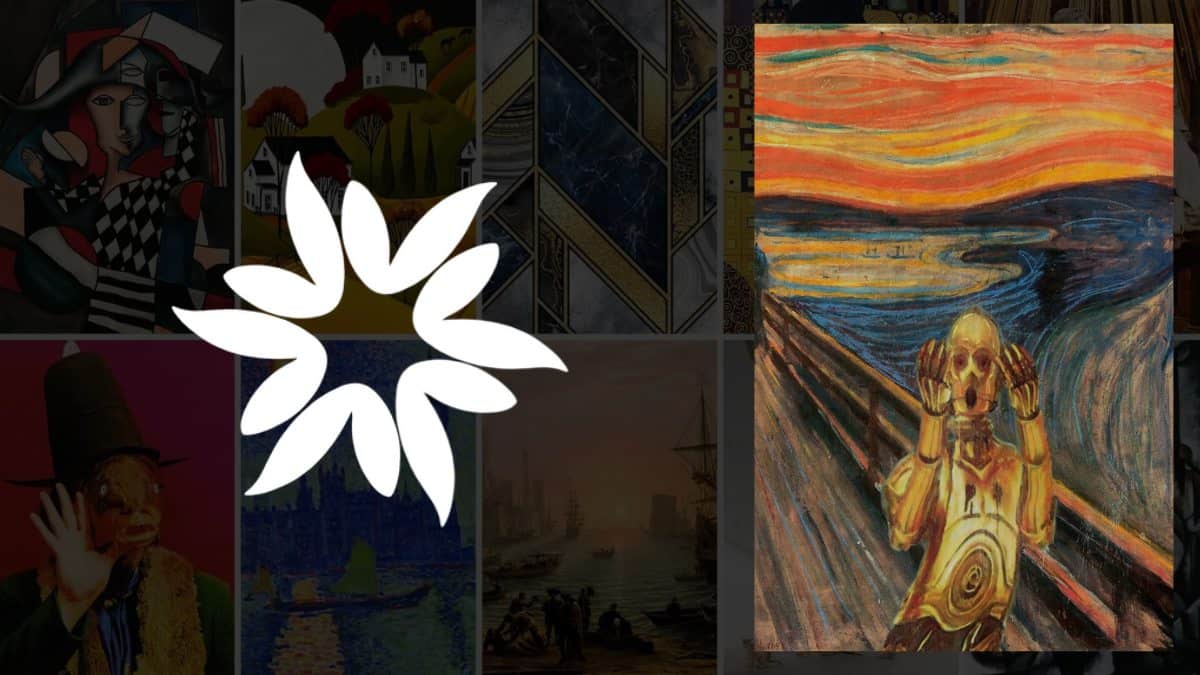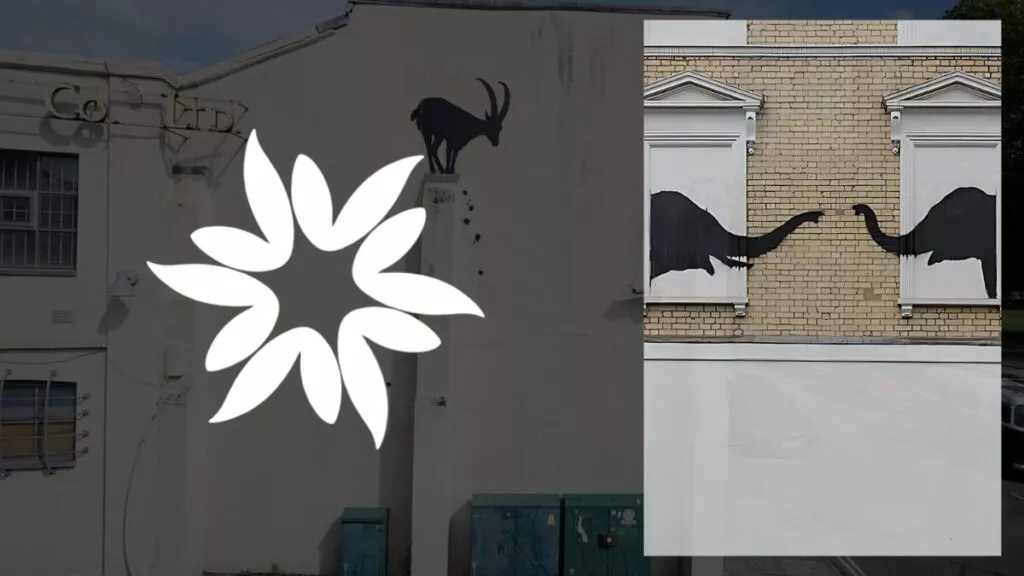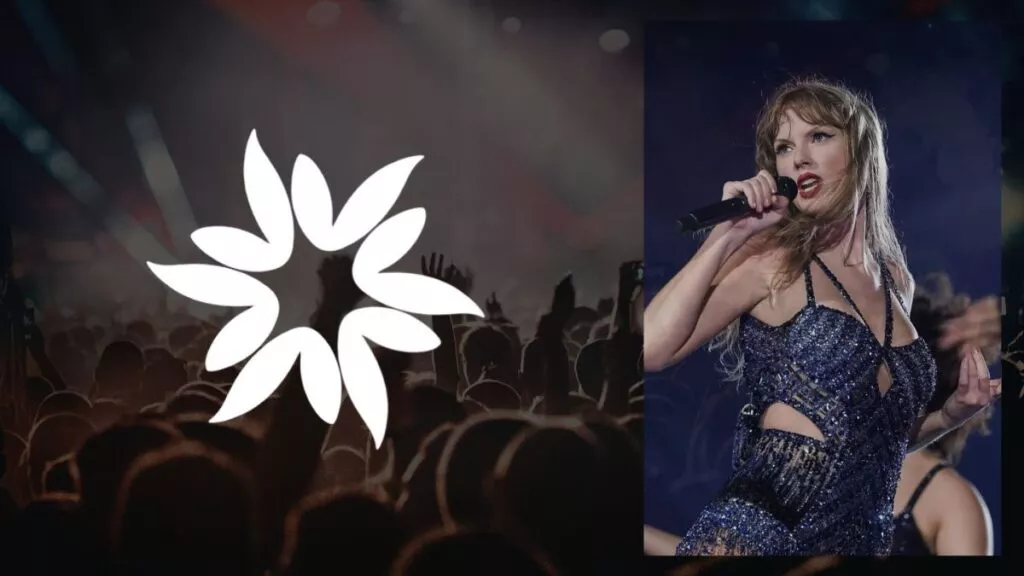Art has always been a way for people to express their ideas, emotions, and perspectives. Over time, different art styles have emerged, each showing its period’s cultural and social changes.
Understanding these styles helps us see how art tells stories, challenges norms, and inspires change.
Key Takeaways
- Art has evolved from the detailed realism of the Renaissance to the varied expressions of modern styles like minimalism and eco-art.
- Each art style, such as impressionism and surrealism, offers unique insights into human creativity and societal changes.
- Understanding these styles helps us appreciate how artists express their ideas and emotions through different mediums and techniques.
1. Renaissance Art (14th – 17th Century)
The Renaissance started in Italy and spread across Europe. It was a time when people returned to classical learning and wisdom.
This period focused on humanism, proportion, perspective, and naturalism. Artists like Leonardo da Vinci, Michelangelo, and Raphael made the human body and landscapes look very real.
Famous works include Leonardo’s Mona Lisa and The Last Supper, Michelangelo’s David and Sistine Chapel ceiling, and Raphael’s School of Athens.
2. Baroque Art (17th – 18th Century)
Baroque art began in Europe and is known for its dramatic expressions, bold decorations, and contrasts.
It aimed to create a sense of awe and often showed strong emotions and movement.
In works like The Calling of St. Matthew, Caravaggio used intense light and shadow. Rembrandt’s The Night Watch shows deep emotion, and Bernini’s The Ecstasy of Saint Teresa captures dynamic movement.
3. Rococo Art (18th Century)
Rococo came after Baroque art, focusing on lightness, elegance, and curving natural forms. This style was playful and fancy, using soft colors and detailed designs.
Jean-Honoré Fragonard’s The Swing and François Boucher’s Triumph of Venus are classic Rococo works known for their cheerful themes and delicate, elaborate designs.
4. Neoclassicism Art (18th – 19th Century)
Neoclassicism was a reaction against Rococo and drew inspiration from the art of Ancient Greece and Rome.
It emphasized simplicity, straight lines, and idealized subjects. Jacques-Louis David’s Oath of the Horatii and Jean-Auguste-Dominique Ingres’ Grande Odalisque show the Neoclassical focus on order and rationality, often highlighting heroism and virtue.
5. Romanticism Art (Late 18th – Mid-19th Century)
Romanticism focused on individualism, emotion, and the sublime beauty of nature, responding to the industrial revolution and scientific changes.
Francisco Goya’s powerful The Third of May 1808, William Blake’s imaginative works like The Ancient of Days, and Caspar David Friedrich’s emotional landscapes such as Wanderer above the Sea of Fog show the dramatic and emotional nature of Romantic art.
6. Realism Art (Mid-19th Century)
Realism emerged in France around the 1840s as a reaction against Romanticism and Neoclassicism’s idealized and dramatic styles. It sought to depict everyday life and ordinary people with accuracy and honesty.
Realist artists like Gustave Courbet and Jean-François Millet focused on the harsh realities of rural and urban life, portraying subjects such as laborers and peasants with a sense of dignity and authenticity.
Courbet’s The Stone Breakers and Millet’s The Gleaners are iconic examples of this movement, emphasizing the everyday experiences of the working class without romanticizing them.
7. Impressionism Art (Late 19th Century)
Impressionism is known for its light brush strokes, open composition, and emphasis on light and color. This style aimed to capture the fleeting effects of light and the impression of a moment.
Artists like Claude Monet, Pierre-Auguste Renoir, and Edgar Degas are prominent figures of this movement.
Monet’s Impression, Sunrise, and Renoir’s Dance at Le Moulin de la Galette exemplify the Impressionist focus on ordinary scenes and the play of natural light, often painted en plein air (outdoors), to observe their subjects directly.
8. Post-Impressionism Art (Late 19th Century)
Post-Impressionism built on Impressionism’s focus on light and color but explored more structural forms and personal expressions.
Artists like Vincent van Gogh, Paul Cézanne, and Georges Seurat contributed to this movement by focusing on emotional content, geometric shapes, and vivid, often unnatural color palettes.
Van Gogh’s Starry Night and Cézanne’s Mont Sainte-Victoire showcase the movement’s emphasis on individual perspective and a deeper emotional or symbolic meaning in their work.
9. Fauvism Art (Early 20th Century)
Fauvism, led by Henri Matisse and André Derain, emphasized bold, vibrant colors and simplified forms to express emotion.
This style, characterized by its wild brushwork and abstraction, often prioritized painterly qualities and color over realistic representation.
Matisse’s Woman with a Hat and Derain’s Charing Cross Bridge exemplify the Fauvist use of intense colors and simplified shapes to convey emotional depth and visual impact.
10. Expressionism Art (Early 20th Century)
Expressionism aimed to depict the world from a subjective perspective, distorting it to evoke moods and ideas.
It often featured bold colors, exaggerated forms, and intense emotional content.
Artists like Edvard Munch and Egon Schiele are well-known Expressionists, with Munch’s The Scream and Schiele’s intense, psychological portraits capturing the angst and alienation of the modern human condition.
11. Cubism Art (Early 20th Century)
Cubism was a revolutionary art movement pioneered by Pablo Picasso and Georges Braque between 1907 and 1914 in Paris.
This style broke away from traditional perspectives and representation by fragmenting subjects into geometric shapes and reassembling them in abstract forms.
This allowed multiple viewpoints to be depicted simultaneously, challenging the conventional single viewpoint of Renaissance art.
Key works like Picasso’s Les Demoiselles d’Avignon and Braque’s Violin and Palette are iconic examples of Cubism.
The movement is divided into two phases: Analytical Cubism, which focuses on deconstructing objects into fragmented shapes, and Synthetic Cubism, which introduces collage elements and brighter colors.
12. Dadaism Art (Early 20th Century)
Dadaism emerged during World War I as an anti-establishment movement that embraced absurdity and rejected traditional art norms.
It was characterized by its use of satire, nonsensical elements, and a disdain for the rationality and nationalism that were seen as causes of the war.
Notable Dada artists include Marcel Duchamp, known for his ready-made sculpture, Fountain, and Hannah Höch, who is recognized for her photomontages.
Dadaism sought to shock and provoke the audience, challenging the definitions and boundaries of art and society.
13. Surrealism Art (1920s – 1950s)
Surrealism aimed to unlock the creative potential of the unconscious mind by creating dream-like and bizarre imagery.
This movement was influenced by the works of Sigmund Freud and sought to depict the irrational and fantastical.
Artists like Salvador Dalí and René Magritte are central figures in Surrealism, with Dalí’s The Persistence of Memory and Magritte’s The Treachery of Images being prime examples.
Surrealist art often juxtaposes ordinary objects in unusual contexts, creating a sense of the uncanny and exploring themes of desire, fear, and the unconscious.
14. Abstract Expressionism Art (1940s – 1950s)
Abstract Expressionism emphasized spontaneous, automatic, or subconscious creation. This movement was marked by its use of abstract forms, bold colors, and dynamic compositions to convey emotion.
Jackson Pollock, with his drip paintings like No. 5, 1948, and Mark Rothko, known for his large, color field paintings, are prominent figures in Abstract Expressionism.
The movement was a response to the trauma of World War II, seeking to express the complexity of human emotions through non-representational means.
15. Pop Art (1950s – 1960s)
Pop Art incorporated imagery from popular culture and mass media, often critiquing consumerism and the banality of mass culture.
Artists like Andy Warhol and Roy Lichtenstein used techniques from advertising and comic strips in their work.
Warhol’s Campbell’s Soup Cans and Lichtenstein’s comic strip-style paintings like Whaam! are iconic examples of Pop Art.
This movement blurred the boundaries between high art and low culture, making art more accessible and reflecting the pervasive influence of mass media in contemporary society.
16. Minimalism Art (1960s – 1970s)
Minimalism started in the 1960s and 1970s as a response to the complex and emotional style of Abstract Expressionism.
It aimed to simplify art to its basic elements, using simple geometric shapes and plain colors.
Artists like Donald Judd and Agnes Martin focused on simple forms and materials, highlighting simplicity and objectivity.
Minimalist art often used industrial materials like metal, concrete, and glass, avoiding traditional art techniques.
This movement aimed to remove personal expression, showing the art piece for what it truly is and encouraging viewers to interact with it directly.
17. Conceptual Art (1960s – Present)
Conceptual Art began in the 1960s, focusing on ideas and concepts rather than traditional art forms.
Led by artists like Sol LeWitt, this movement believes that the idea itself can be the art.
Conceptual art often includes text, performances, and unusual materials, emphasizing that the concept behind the art is more important than how it looks.
This movement challenges traditional art ideas and invites viewers to think about the deeper meaning and message of the art.
18. Contemporary Art (1970s – Present)
Contemporary Art covers a wide range of styles and practices from the 1970s to today, reflecting current social issues, technology, and global perspectives.
It includes various media, from traditional painting and sculpture to digital and performance art.
Artists like Ai Weiwei, Banksy, and Marina Abramović use their art to discuss political, social, and cultural issues, often pushing the limits of what art can be.
Contemporary art is dynamic and constantly changing, showing the complexities of modern life.
19. Digital Art (1980s – Present)
Digital Art uses digital technology as a key part of the creative process. This includes computer graphics, virtual reality, and NFTs (non-fungible tokens).
Digital artists like Rafik Anadol and Beeple are exploring new ways to create and interact with art in the digital age.
This movement looks at new possibilities for making, showing, and experiencing art, often including interactive and immersive elements.
20. Street Art (1980s – Present)
Street Art came from graffiti culture and has become a respected art form. Artists like Banksy and Shepard Fairey use public spaces to make strong social and political statements, often mixing graphic design and pop culture elements.
Street art challenges traditional art venues by bringing art to the masses and addressing modern issues in a public and accessible way.
21. Installation Art (1960s – Present)
Installation art involves creating three-dimensional works that change how viewers perceive a space.
This type of art often uses different materials and media, including sound and light, and is usually site-specific, meaning it is made for a particular location.
Notable installation artists include Yayoi Kusama, known for her Infinity Rooms, which creates an illusion of endless space using mirrors and lights, and Olafur Eliasson, famous for works like Beauty, which creates a rainbow from water mist and light, depending on the viewer’s position.
Installation art engages viewers by making them participants, often requiring them to move through or interact with the art to experience it fully.
22. Performance Art (1960s – Present)
Performance art is a live, time-based art form where the artist’s actions are the main focus.
This genre often explores complex themes and emotions and involves direct audience interaction.
Marina Abramović and Yoko Ono are key figures in performance art. Abramović’s The Artist is Present involved sitting silently at a table and inviting viewers to sit opposite her, creating an intense, personal connection.
Ono’s Cut Piece invited the audience to cut away pieces of her clothing, exploring themes of vulnerability and trust.
Performance art challenges traditional art forms by focusing on the process and interaction rather than a static object.
23. Postmodern Art (Late 20th Century)
Postmodern art rejects the idea of a single narrative or style, embracing diversity and contradiction.
It often critiques contemporary culture and blurs the lines between high and low art. Artists like Jeff Koons and Cindy Sherman are central to this movement.
Koons is known for works that use kitsch imagery and consumer goods, such as his Balloon Dog sculptures, to question notions of value and taste.
Sherman uses photography to explore identity and representation, often portraying herself in various roles and settings to critique societal norms and stereotypes.
24. Eco-Art (Late 20th Century – Present)
Eco-art focuses on environmental issues and the relationship between humans and nature. Artists like Andy Goldsworthy and Agnes Denes create works that emphasize sustainability and ecological awareness.
Goldsworthy uses natural materials like leaves, stones, and ice to make temporary sculptures that show the beauty and short-lived nature of the environment.
Denes’ Wheatfield – A Confrontation involved planting a wheat field in Manhattan to highlight issues of land use and environmental sustainability in cities.
Eco-art often aims to inspire care for the environment and show the impact of human activities on the natural world.
Discover the Evolving World of Art!
Understanding the evolution of art styles can be fascinating, but seeing these works in person is an entirely different experience.
Visit a local art exhibition or museum to explore these styles firsthand.
Witness the detailed brush strokes of the Renaissance, the bold expressions of Cubism, and the environmental messages of Eco-Art.
Seeing art up close can deepen your appreciation and inspire your creativity. It is a great way to connect with influential works and the stories they tell. So explore, learn, and be inspired!








